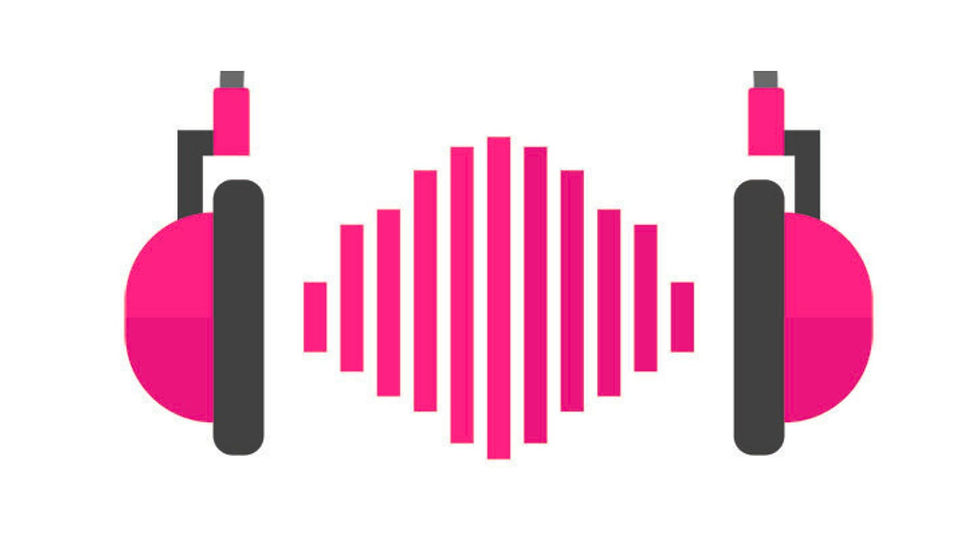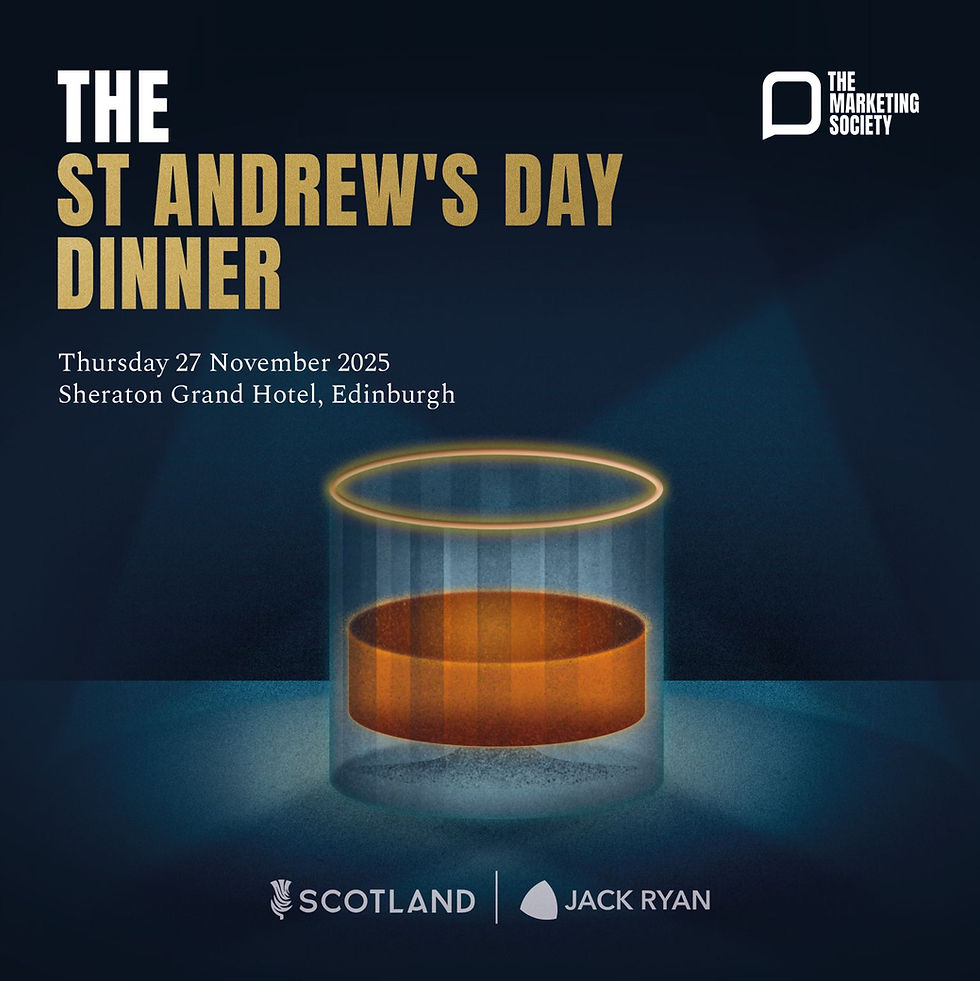The Neuroscience of Addressability and Emotional Divide
- TeamJACK
- May 12
- 3 min read
By Jon Hill, Media Partner and Neuroscientist.
Imagine the urge you feel to check your phone incessantly, even when nothing particularly exciting awaits you. Contrast that with the deep satisfaction you experience when savouring a bite of your favourite dessert. These two emotions—craving and enjoyment—might seem related, but neuroscience reveals they originate from entirely different places in your brain.

In a lot of media campaigns, this distinction is crucial yet often misunderstood. Brands regularly tap into cravings—quickly grabbing attention through bright visuals, fast-paced content, and provocative headlines designed to trigger dopamine-driven desire. This immediate pull can result in impressive engagement metrics, such as clicks, shares, and views. However, engagement doesn't always correlate with actual ad performance, especially when measuring conversions like sales or long-term loyalty.
This mismatch occurs because cravings alone aren't enough to foster sustained behaviour or genuine customer satisfaction. A dopamine-driven click doesn't necessarily indicate the customer truly enjoys or values the product. Thus, ads relying solely on capturing cravings may see short-lived spikes in performance without meaningful conversion.
In contrast, successful long-term ad strategies must also activate the liking system. This requires slower, deeper interactions designed to create genuine pleasure and emotional resonance, ensuring that initial attention converts into meaningful action and sustained loyalty.
The Neuroscience of why you want what you want
"Wanting," or craving, is an unconscious and persistent drive powered primarily by dopamine—a neurochemical that fuels motivation, anticipation, and desire. This powerful emotional state operates silently behind the scenes, orchestrated by the basal ganglia, an area deep within your brain. Its job is to assign "importance" or urgency to the things around you, making certain stimuli irresistibly attention-grabbing, even if they don’t deliver actual satisfaction.
Think of this system as your brain's automatic pilot, continually scanning your environment and creating urges that push you toward behaviors. It's why you might endlessly scroll through social media, compelled by a silent craving even when it ceases to entertain.
In stark contrast, "liking" refers to the conscious experience of pleasure and enjoyment. This emotion is slower, deliberate, and engages entirely different neural networks, notably the orbitofrontal cortex and your brain’s opioid system. Unlike craving, pleasure takes time to register fully, requiring a conscious moment of recognition to activate fully. It’s the difference between urgently craving a snack and the calm, fulfilling enjoyment once you’ve tasted it.
Pleasure tells your brain: "That was good; let’s do it again." It’s the genuine satisfaction you feel when something aligns perfectly with your expectations or needs.

Why this matters
From media campaigns to conversion focussed landing pages, understanding the neuroscience behind wanting and liking can significantly enhance customer experiences. Marketers often mistake high engagement or attention (driven by wanting) for satisfaction or loyalty (driven by liking). However, genuine loyalty emerges only when experiences consistently satisfy and generate authentic pleasure, not merely fleeting attention.
To design emotionally resonant experiences, marketers must simultaneously target both emotional systems:
Drive immediate attention through dopamine-triggered cravings by using compelling visuals, personalised messaging, or exclusive incentives.
Deliver sustained satisfaction by creating meaningful, enjoyable interactions that align with the consumer’s deeper values and expectations.
This dual approach ensures not just temporary clicks or transient interactions but cultivates lasting connections, repeated purchases, and deeper emotional resonance that strengthens brand loyalty.
To effectively leverage these insights, brands and designers should adopt a holistic approach assessing both unconscious motivations (cravings) and conscious experiences (pleasure) through analytics and user feedback. Use tools like A/B testing, sentiment analysis, and surveys that specifically measure emotional responses and satisfaction.
Begin to utilise neuroscience-based techniques to map customer emotional journeys, pinpointing exactly where and how dopamine (initial attraction) and pleasure (long-term satisfaction) intersect.
Finally, you should ultimately aim to Recognise and actively manage the gap between engagement and genuine satisfaction. While engagement metrics such as click-through rates and social media interactions are valuable, they must be complemented by satisfaction metrics like customer reviews, repeat purchase rates, and Net Promoter Scores (NPS).
By embracing these strategies, marketers can significantly enhance both immediate engagement and long-term loyalty, creating profound and lasting emotional bonds with their audience - we're always here to help and if you have a question then reach out to one of the team, there's a reason our work is built on science.



